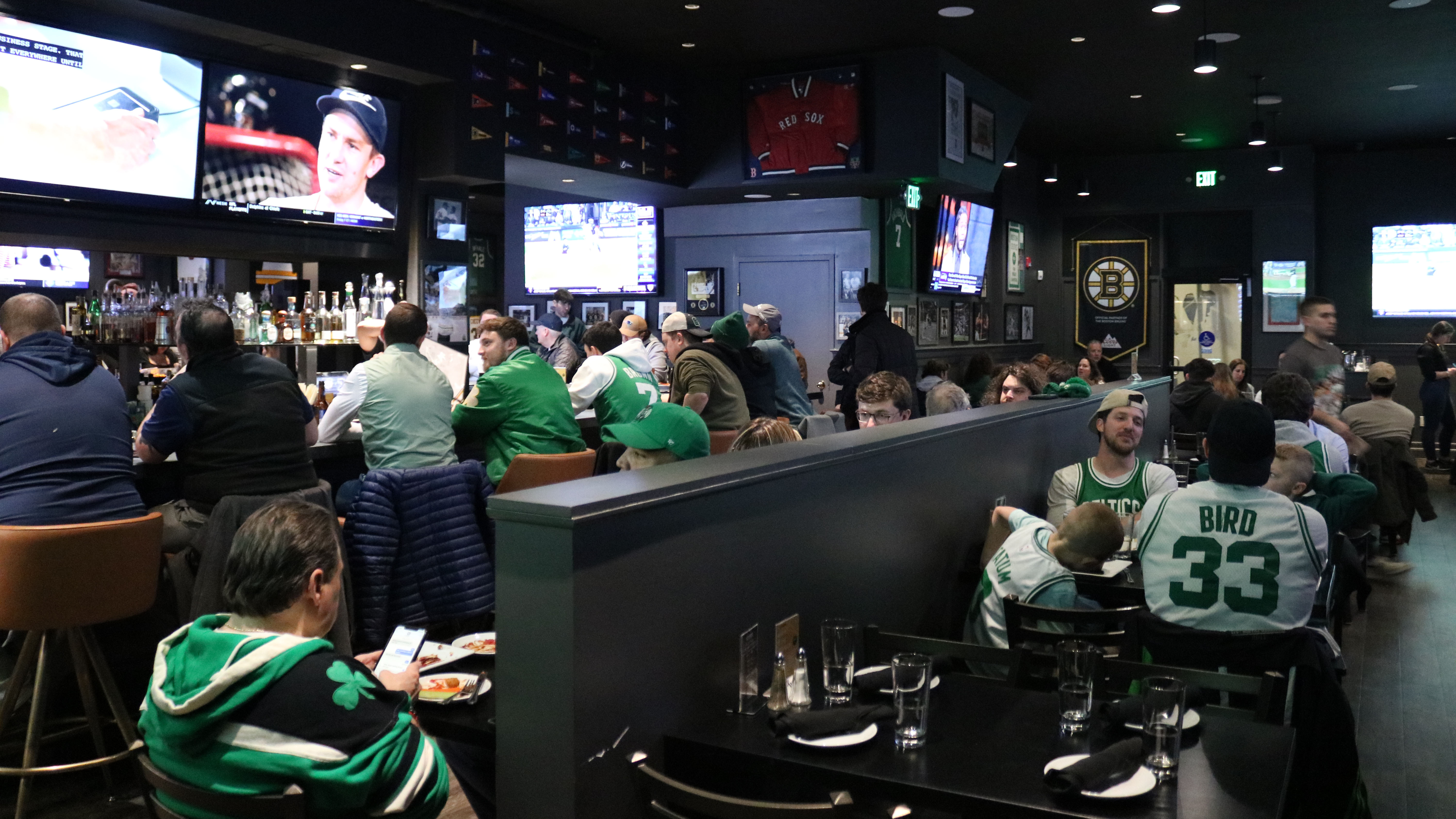Optimal Strategies for Positioning Sound Systems to Maximize Sound Clarity and Attendee Engagement in Large Venues
Optimal Strategies for Positioning Sound Systems to Maximize Sound Clarity and Attendee Engagement in Large Venues
Blog Article
Arranging speakers in large venues is essential for ensuring superior sound quality and engaging the audience efficiently. The arrangement of loudspeakers can significantly influence how audio travels throughout the space. When planning an event, it is important to take into account the venue's size, form, and sound characteristics. Each of these factors plays a vital role in how audio is dispersed and perceived by the audience. By comprehending these factors, event organizers can develop an optimal setup that improves the overall encounter for everyone involved.
One key factor to take into account is the kind of loudspeakers being utilized. Various loudspeakers have distinct features that impact sound clarity. For instance, array line loudspeakers are often favored in spacious venues because they can project sound over long distances while maintaining fidelity. These loudspeakers are designed to function together, allowing sound to reach every corner of the room evenly. Additionally, subwoofers can be strategically placed to enhance low-frequency response, making the audio experience more engaging. Selecting the appropriate mix of loudspeakers is crucial for attaining the optimal sound quality.
Another critical factor is the arrangement of the speakers. The positioning should be determined on the spectators' layout and the location's sound characteristics. For instance, loudspeakers should be set at an suitable height and angle to ensure that audio signals hit the spectators without deformation. It is also crucial to avoid placing speakers too close to barriers or edges, as this can cause unwanted echoes and reduce audio quality. A well-thought-out arrangement can help reduce audio problems and foster a more enjoyable listening encounter.
In addition to loudspeaker placement, audio testing is a crucial step in the procedure. Before the event starts, conducting sound tests allows organizers to identify any possible problems and implement required modifications. This checking should encompass monitoring for reverberation, adjusting sound intensities, and ensuring that all loudspeakers are functioning properly. By taking the effort to check the sound setup, event organizers can ensure that the sound quality satisfies the audience's requirements and improves their engagement with the occasion.
Finally, spectator engagement can be additionally improved by taking into account the overall layout of the location. Elements such as seating, lighting, and stage design can all affect how speaker placement for broadcast studios the spectators engages with the speakers. For instance, a well-lit stage can draw attention to the speaker, while cozy seating can maintain the audience focused and engaged. By establishing an inviting atmosphere, planners can foster a connection between the speakers and the spectators, leading to a more memorable and impactful event. In summary, careful planning and thought of sound quality and audience engagement are essential for successful events in spacious locations.